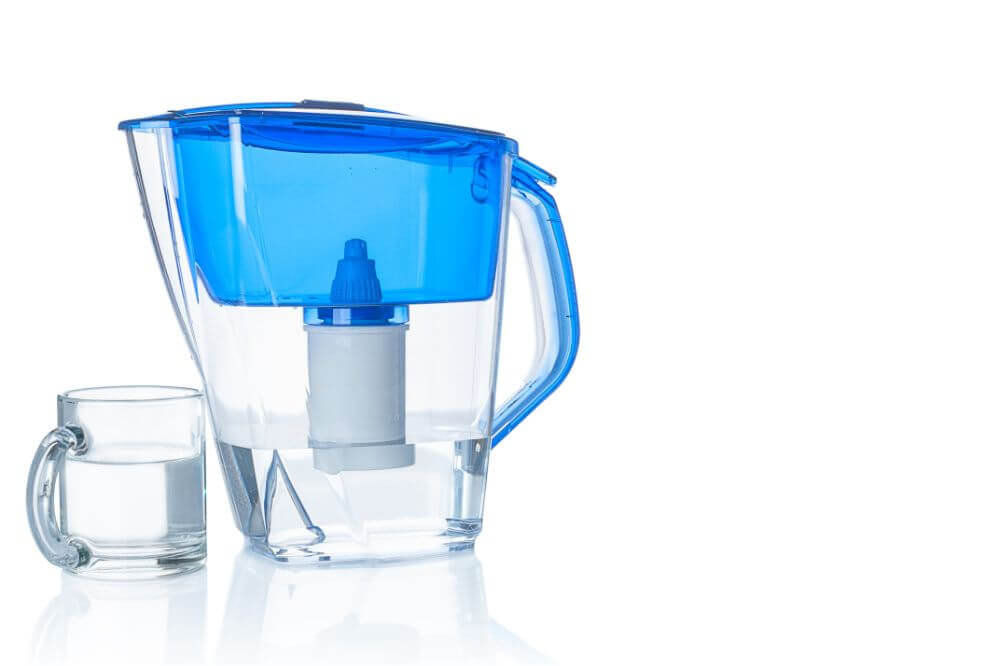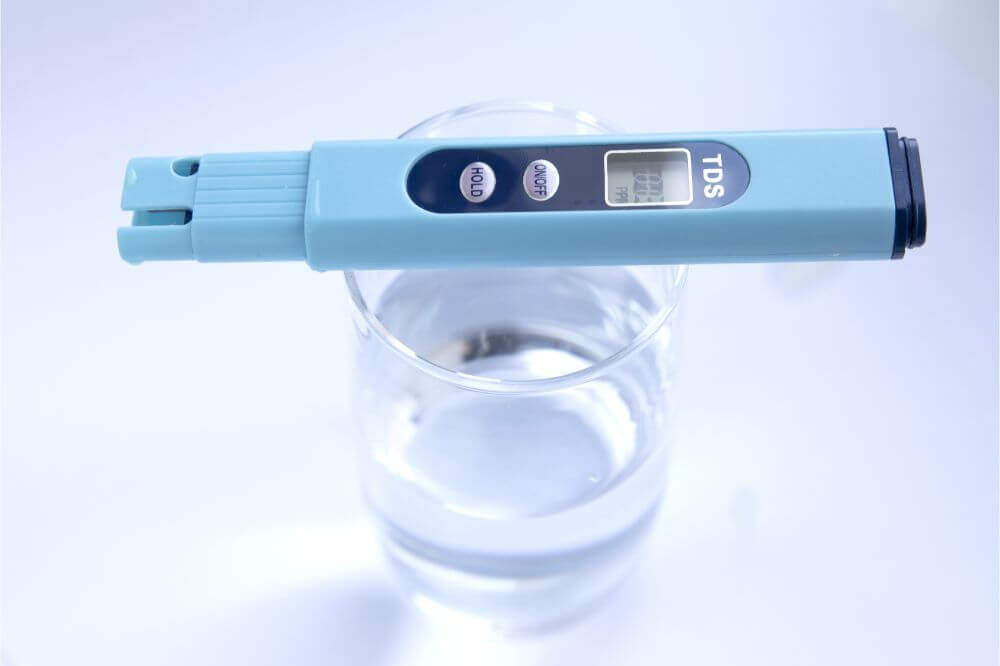Do water softeners remove chlorine? Many people live with the mistaken belief that a water softener filters water, ensuring clean, safe water. The primary purpose of a water softener is not to remove chlorine or any other contaminants, for that matter. Its function is instead to lessen mineral concentrations in tap water.
Why Water Softeners are Necessary
Rainwater contains no minerals, but when water runs through and across rocks and soil, it picks up minerals, and by the time it flows into our plumbing systems, much of it is classified as hard water.
In fact, a US Geological Survey has classed 85% of water in the US as hard. Water softeners have, therefore, become an essential part of the plumbing in most American homes. Water softeners solve the problems caused by excess minerals in our water, but they are not designed to remove chlorine.
Hard water leaves behind minerals in pipes and on plumbing appliances. It also accumulates in equipment such as water heaters and washing machines.
Limescale deposits reduce water pressure in the plumbing system. At its worst, it can even completely block the water supply. But hard water reserves its worst damage for the appliances in your home.
Hot environments accelerate the rate at which the minerals buildup, reducing the efficiency of your appliances, increasing your electricity expense, and reducing the lifespan of the equipment.
The minerals in drinking water are not easily digestible, so they don’t offer the same nutritional benefits as minerals from food or dietary supplements.
How Water Softeners Work
Water softeners remove minerals such as calcium and manganese from hard water. They contain resin beads that have been infused with sodium. The sodium ions change places with the minerals in the water. The result is demineralized soft water.
Though water softeners remove some chlorine, this is not their primary function. To effectively remove chlorine, another system is required. Chlorine filtering systems can work effectively in tandem with water softeners.
Is Chlorine Safe?
Chlorine has been present in municipal water supplies since 1908. Chlorine keeps plumbed water across the world clear of bacteria and parasites at little cost. In the US, 98% of all water, including bottled water, is treated with chlorine. Though the chlorine concentration is not very high, it still negatively affects the taste and smell of our drinking water.
Even though chlorine is considered safe, it is an aggressive oxidizer that dries hair and skin. And, it may not be as safe as we think. Bear in mind chlorine was used as a chemical weapon during the First World War. There is also some evidence that chlorine may be detrimental to human health.
Scientific America reports that chlorine-treated drinking water could be responsible for some rectal, breast, and bladder cancers.
Chlorine is used as a disinfectant, so it should come as no surprise that large quantities of chlorine in water can also upset the balance of gut flora over an extended period.

How to Clear Chlorine From Water
The most effective and safest way to remove chlorine from water is to run it through activated charcoal. The charcoal absorbs the chlorine, which bonds to the surface.
The addition of granular activated carbon (GAC) to your water softener will ensure that chlorine is removed from the water at the same time as the minerals. This is, however, a very inefficient means of clearing the chlorine.
GAC requires replacement every two to three years, while the resin beads will last for up to ten years before they need replacing. It is impossible to change the GAC without replacing the resin beads – an expensive and inefficient option.
There are other more effective ways of removing chlorine from your household water.
Reverse Osmosis Filters
Reverse osmosis systems can effectively remove more than 98% of the water’s volatile organic compounds and chemicals. This is achieved by passing the water through a sediment pre-filter, a multi-membrane system, and a carbon filter.
When properly installed, a reverse osmosis filter will remove the chlorine before it gets to your softener. The resin beads are plastic, and chlorine slowly destroys plastic, so chlorine removal will extend the life expectancy of your water softener.
When the chlorine is removed, the lifespan of the resin beads is increased by up to five years.
A Water Filter Pitcher
An inexpensive way to remove chlorine from your drinking water is to decant it from a water pitcher equipped with an activated carbon filter. Your water softener won’t benefit, but your drinking water will be healthier, and it will smell and taste much better.
Conclusion
The primary function of a water softener is the removal of minerals. While it may remove some chlorine, this is a task best reserved for a filtration system. There are a wide variety of filtration systems on the market to suit every budget.
From the whole house to under sink reverse osmosis systems and simple water filter pitchers, you can easily supplement your water softener with a chlorine removal system.

